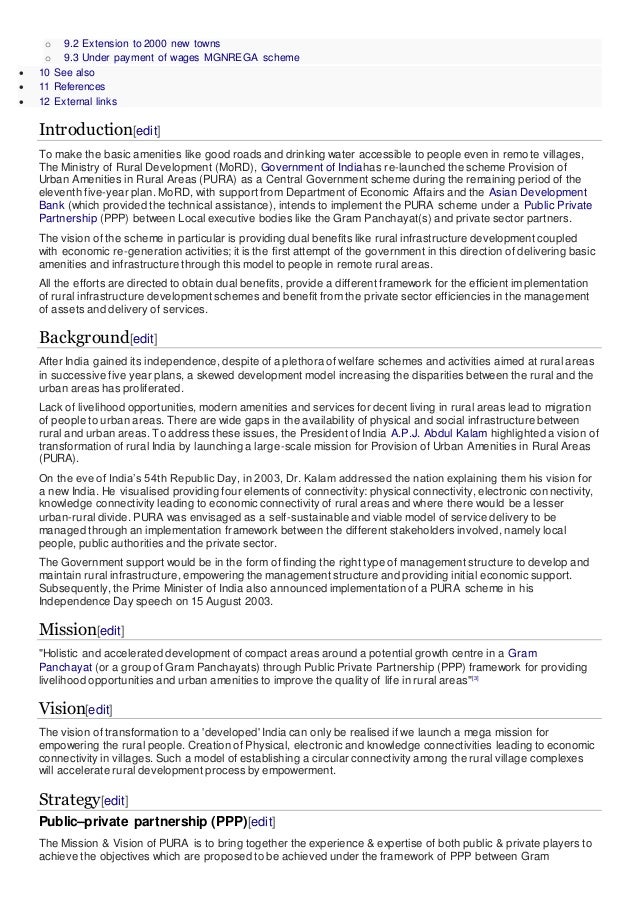A New Theory Of Urban Design Christopher Alexander Pdf Editor

I first heard of Christopher Alexander during my studies at the Institute without Boundaries. We had to read two of his books to understand urban planning and architectural practices: A Timeless Way of Building and A Pattern Language. What drew me to his style of writing was his subtle poetic tone to evolution. It was intuitive and illustrative.
Fast forward several years and I am now a part of the development world. And within this industry, I began to wonder if there was a novel that looked at the business with a different perspective. What I found was A New Theory of Urban Design. I will be honest, not having a background in urban development but in design enables me to have a different perspective on growth and creativity. This novel played to my curiosity and I apologize if the principles in this book seem redundant and outdated but I feel this still have some relevancy. Alexander’s main theory “The Idea of Growing a Whole” looks at the detail how a city grows.
He explains that “Every increment of construction must be made in such a way as to heal the city” and that “Every new act of construction has just one basic obligation: it must create a continuous structure of wholes around itself.” Alexander proposes that the sense of “wholeness” can be accomplished through “Seven detailed rules of Growth”: 1. Piecemeal growth 2. The growth of larger wholes 3.
Why Use Norton Internet Security 2018? This progressive technology thwarts phishing scams and prevents keyloggers from examining your data. The cutting advantage Symantec network stops you from unknowingly going to hazardous and deceptive sites, guaranteeing to remain secure & safe.

General zero hour cheat. The basic rule of positive urban space 5. Layout of large buildings 6.
CHRISTOPHER ALEXANDER'S DESIGN THEORY FROM NOTES ON THE SYNTHESIS OF FORM TO A PATTERN LANGUAGE. (PDF Available). Alexander, Christopher (1988). A New Theory of.
Construction 7. Formation of centres Now I don’t want to spoil the ending, but Alexander goes to apply these rules to a case study where the development process is piecemeal, buildings are placed in consideration of the potential of forming centres and larger wholes. While there are some problems to the rules and he further explains the flaws tot he theory, what it has produced is the beginning of a new theory, opening the doors to further discussions about the current urban planning process. Richelle Sibolboro is the former Managing Editor of the OpenCity Projects blog.